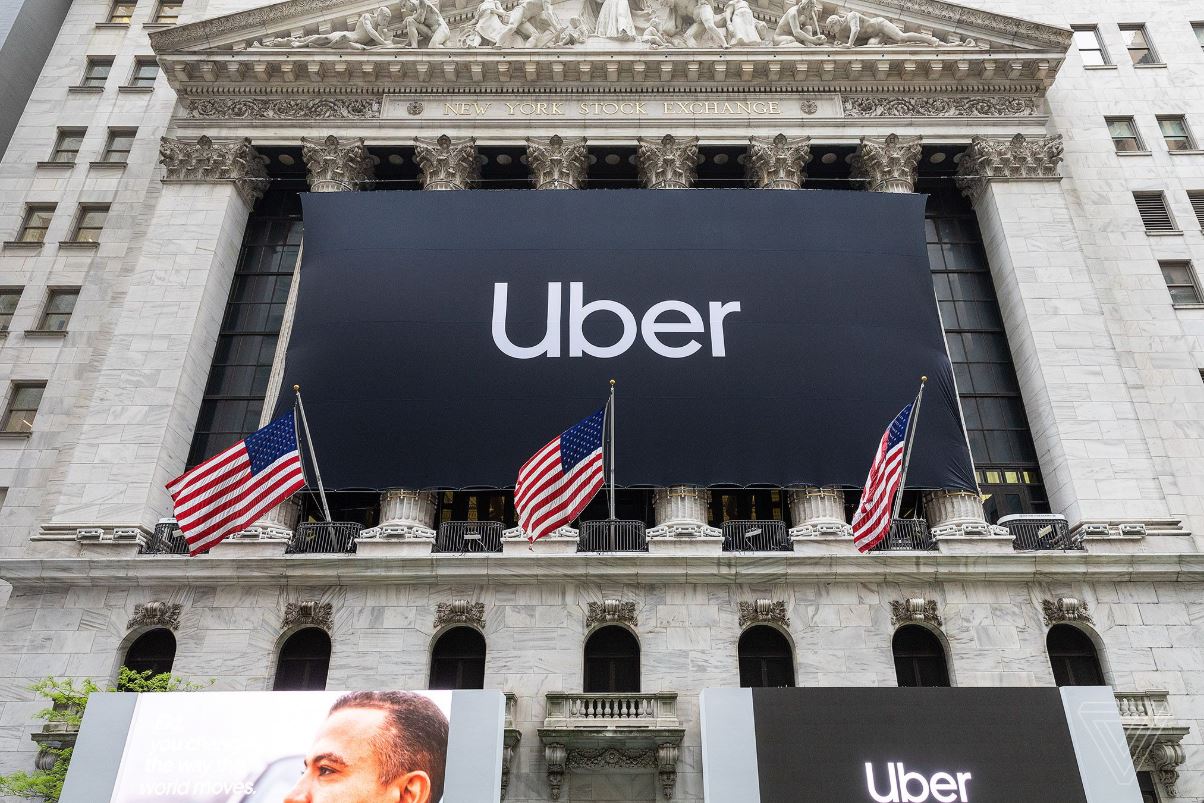Two years after the car crash which proved fatal for a pedestrian, Uber Advanced Technologies Group has resumed its testing program in San Francisco. The self-driving vehicle unit is slowly making a comeback with its autonomous vehicle technology on public roads.
Uber ATG had been testing its self-driving vehicles in the Phoenix area, Toronto, Pittsburgh and San Francisco. The company put an end to the testing on public roads after an incident in the Phoenix suburb of Tempe. During testing, a collision occurred in the late evening of March 18th 2018, resulting in the death of a pedestrian named Elaine Herzberg. The vehicle was on self-driving mode with a human safety backup driver on the driver’s seat.
Following this fatal incident, which obviously invited massive criticism and lawsuits, Uber chose to not renew its permit for testing self-driving vehicles. The company let go of all 100 self-driving operators in Pittsburgh and San Francisco. And while Uber was fired with criticism from the public, rumours about the company wanting to sell the entire unit started circulating. Clearly, all of those have now been put to rest.
After the company received authorization from Pennsylvania Department of Transportation to put autonomous vehicles on public roads, the company resumed testing in Pittsburgh in December 2018. The company is set to begin testing in a “limited fashion” in San Francisco after obtaining a permit from California Department of Motor Vehicles last month.
Uber plans to be on the road only for a few weeks as it completes the codebase and infrastructure update of the vehicles it plans to test. The recommencement of testing in San Francisco will involve only two Volvo XC90 vehicles equipped with the self-driving system, each with a pair of safety drivers in the front seats. In addition to this, testing will take place according to posted speed limits only in the daylight hours.
“We are excited to resume autonomous testing in Uber’s home city this week.” says a company spokesperson in an emailed statement. The company is beginning in a limited fashion but plans to scale up their efforts in the coming months while learning from the “informative road conditions” of Bay Area. In addition to San Francisco, the company is testing the service in Dallas, Toronto and Washington. While Dallas and Toronto have only two operating cars on their roads, Washington’s roads are testing four.





